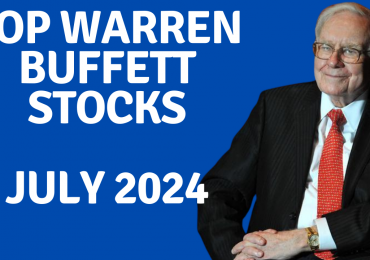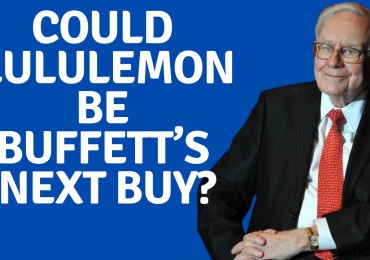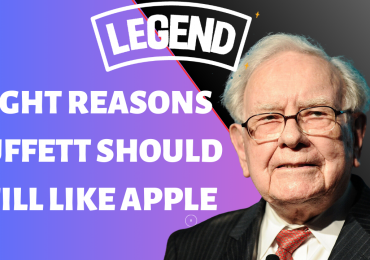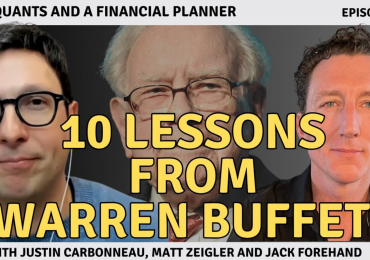A recent regulatory filing shows that Berkshire Hathaway’s trades in the second quarter included selling nearly $6 billion of bank shares and buying more than $500 million in mining company Barrick Gold, which “looks a lot like being fearful when others are fearful,” instead of when others are greedy. This according to a recent article in the Financial Times.
The article reports that banks have lost a third of their value since the pandemic began, while gold prices are at an all-time high (and Barrick shares are up 30 percent).
Given Buffett’s reputation as a long-term investor, the article says, “it is a little difficult to shrug off these trades as short-term activity.” It offers the following perspective on the trades:
- Berkshire still has about a $56 billion investment in U.S. banks, the cornerstone of which is $22 billion of Bank of America—a much larger stake than it had in JPMorgan. It notes that while both banks have similar-sized balance sheets as well as large retail banking and capital markets operations, BofA’s balance sheet is considered “less risky.” So, the article argues, “Berkshire’s move looks not like an indiscriminate bank sell-off and more like a decision to cut positions in riskier banks while building its biggest, lowest-risk position.”
- As for Barrick, “the investment should not come as a complete shock,” the article quips, adding that although Buffett has openly argued that gold is not a wealth-producer, “he’s always been opportunistic.”
The larger question behind Berkshire’s recent moves is whether it signals a strategy to reverse the firm’s underperformance over the past decade, noting that the “near universal rise in asset prices has made it a struggle to spend its $147 billion in cash, which has become a drag on performance. If Berkshire is to beat the market again,” the article concludes, “it will have to make much bigger changes than it did in the second quarter.”









